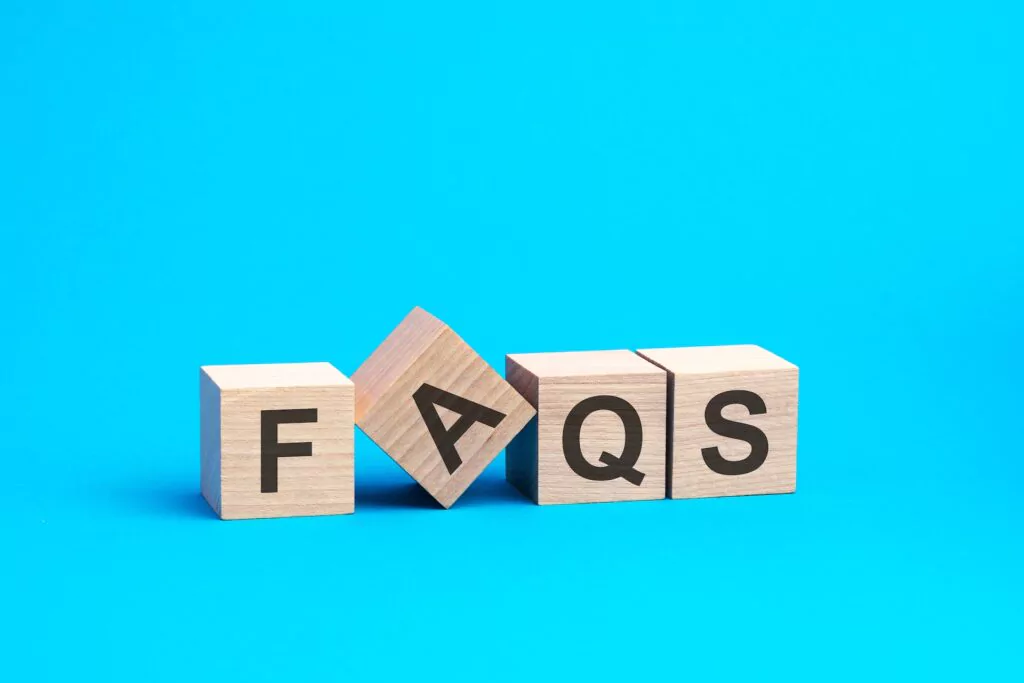
Bleach is a household staple that many of us use regularly for cleaning and disinfecting. However, despite its common usage, there are still many questions surrounding this powerful product. In this blog, we aim to answer some of the most frequently asked questions about bleach to help you use it safely and effectively.
Bleach is a chemical compound primarily used for cleaning, disinfecting, and whitening. The most common type of household bleach is sodium hypochlorite (NaClO), which is an aqueous solution. It works by breaking down stains and killing bacteria, viruses, and fungi through oxidation.
Bleach works by oxidizing molecules. This means it breaks down the chemical bonds in stains and microorganisms. For stains, this process breaks the bonds that give them color, effectively removing the stain. For microorganisms, the oxidation process destroys their cell walls, killing them and thus disinfecting the surface.
Yes, bleach is safe to use when handled correctly. Always follow the manufacturer's instructions on the label. Use it in well-ventilated areas, wear gloves to protect your skin, and avoid mixing bleach with other household cleaners, especially ammonia or acids, as this can create dangerous gases.
No, bleach is not suitable for all surfaces. It can damage or discolor certain materials such as wood, fabric, and metals. Always test bleach on a small, inconspicuous area first to ensure it won't cause damage. For delicate fabrics or surfaces, consider using a bleach alternative designed specifically for those materials.
Bleach should be stored in a cool, dry place away from direct sunlight. Keep it in its original container with the lid tightly closed. Ensure it is out of reach of children and pets. Bleach has a shelf life, typically around 6 months to a year, after which it can lose its effectiveness.
Yes, bleach is commonly used in laundry to whiten and disinfect clothes. Use it according to the label instructions, typically adding it to the wash cycle. It's important to separate white and colored laundry when using bleach, as it can cause colors to fade. There are also color-safe bleaches available for colored fabrics.
If you spill bleach, clean it up immediately using water and soap. Avoid using other cleaning chemicals to clean the spill, as they might react with the bleach. If the bleach comes into contact with your skin, rinse thoroughly with water. For large spills, ensure the area is well-ventilated.
Yes, bleach is effective at killing mold and mildew on non-porous surfaces like tiles and glass. To clean mold, mix one cup of bleach with a gallon of water, apply to the affected area, and let it sit for at least 15 minutes before scrubbing and rinsing. For porous surfaces, consider using a product designed for mold remediation.
The primary difference lies in the concentration of sodium hypochlorite and the intended use. Cleaning bleach is generally intended for whitening and stain removal, while disinfecting bleach has a higher concentration for killing germs and sanitizing surfaces. Always check the label to ensure you are using the right product for your needs.
Bleach should be disposed of carefully to avoid environmental harm. Do not pour it down the drain undiluted. Instead, dilute it with plenty of water before disposal. Check with your local waste management services for guidelines on disposing of household chemicals.
Understanding how to use bleach safely and effectively can enhance its benefits while minimizing any risks. Always follow the manufacturer's instructions and safety guidelines to ensure that you are using bleach correctly. If you have further questions or concerns, don't hesitate to reach out to us or consult additional resources.
© Kick Bleach. All Rights Reserved.
Designed by EdgeMark Media Africa